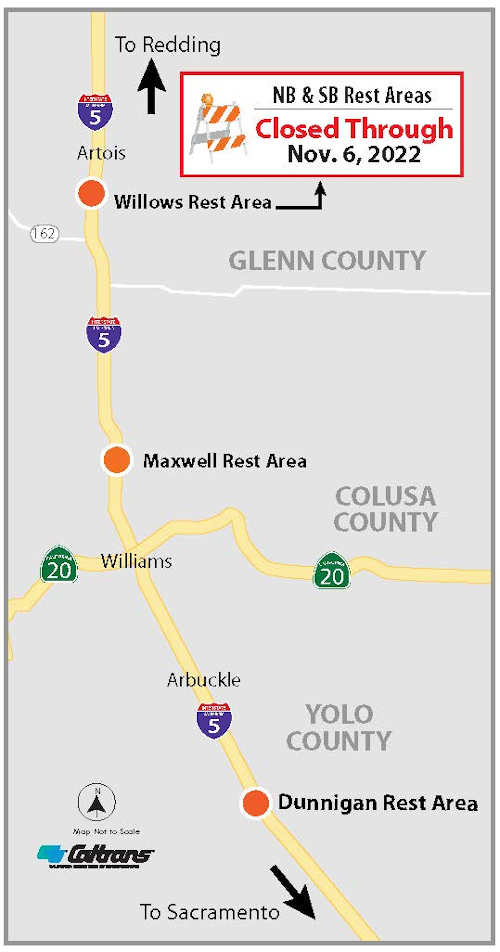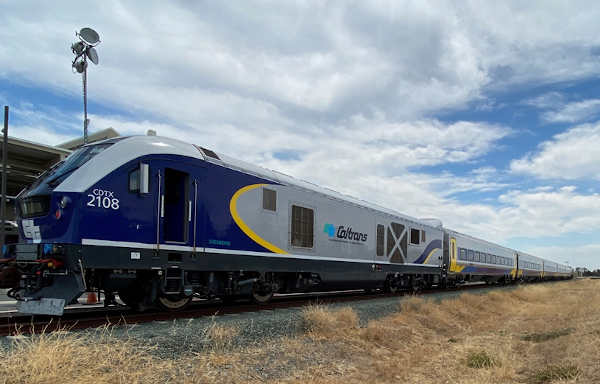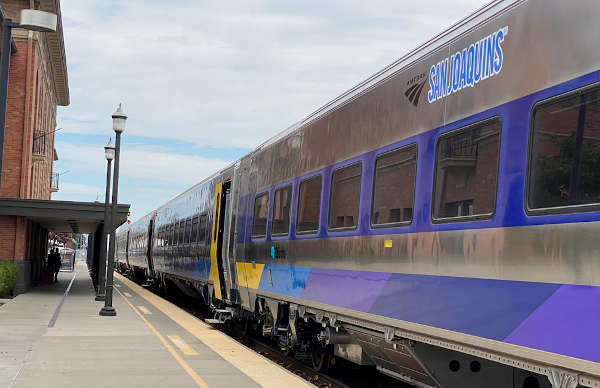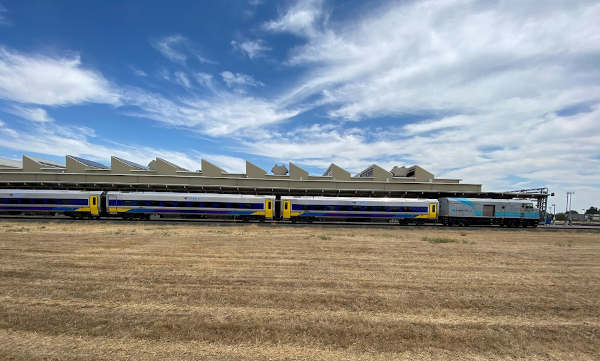- CALTRANS
- Posted On
Closure of I-5 Willows rest areas extended through early November
The Willows rest areas have been closed since January 2021 for construction and were expected to reopen by the end of summer.
However, additional time is required for the contractor to complete final facility improvements.
During the closure, northbound I-5 motorists will be directed to use the Red Bluff SRRA in Tehama County (about 42 miles north of Willows). Southbound motorists will be directed to the Maxwell SRRA in Colusa County (about 34 miles south of the Willows SRRA).
Caltrans is investing more than $6.9 million to update the wastewater, water, and lighting systems at the Willows rest areas. TSI Engineering Inc. of North Highlands, Sacramento County, is the contractor for the project.
Weather or unexpected events may delay or prolong the work. Caltrans advises motorists to “Be Work Zone Alert.”
The department will issue construction updates on Twitter @CaltransDist3 and on Facebook at CaltransDistrict3.
For real-time traffic, click on Caltrans’ QuickMap or download the QuickMap app from the App Store or Google Play.







 How to resolve AdBlock issue?
How to resolve AdBlock issue? 




